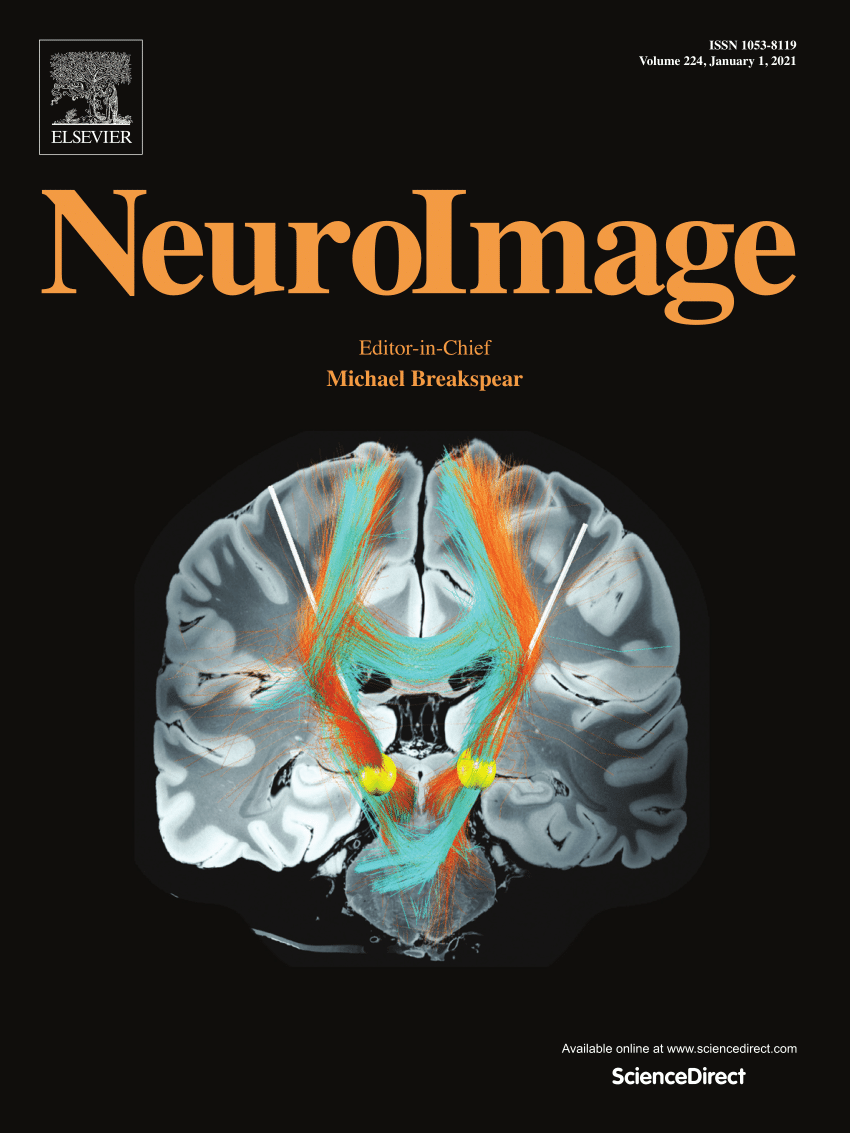Ensemble network using oblique coronal MRI for Alzheimer’s disease diagnosis
IF 4.7
2区 医学
Q1 NEUROIMAGING
引用次数: 0
Abstract
Alzheimer’s disease (AD) is a primary degenerative brain disorder commonly found in the elderly, Mild cognitive impairment (MCI) can be considered a transitional stage from normal aging to Alzheimer’s disease. Therefore, distinguishing between normal aging and disease-induced neurofunctional impairments is crucial in clinical treatment. Although deep learning methods have been widely applied in Alzheimer’s diagnosis, the varying data formats used by different methods limited their clinical applicability. In this study, based on the ADNI dataset and previous clinical diagnostic experience, we propose a method using oblique coronal MRI to assist in diagnosis. We developed an algorithm to extract oblique coronal slices from 3D MRI data and used these slices to train classification networks. To achieve subject-wise classification based on 2D slices, rather than image-wise classification, we employed ensemble learning methods. This approach fused classification results from different modality images or different positions of the same modality images, constructing a more reliable ensemble classification model. The experiments introduced various decision fusion and feature fusion schemes, demonstrating the potential of oblique coronal MRI slices in assisting diagnosis. Notably, the weighted voting from decision fusion strategy trained on oblique coronal slices achieved accuracy rates of 97.5% for CN vs. AD, 100% for CN vs. MCI, and 94.83% for MCI vs. AD across the three classification tasks.

求助全文
约1分钟内获得全文
求助全文
来源期刊

NeuroImage
医学-核医学
CiteScore
11.30
自引率
10.50%
发文量
809
审稿时长
63 days
期刊介绍:
NeuroImage, a Journal of Brain Function provides a vehicle for communicating important advances in acquiring, analyzing, and modelling neuroimaging data and in applying these techniques to the study of structure-function and brain-behavior relationships. Though the emphasis is on the macroscopic level of human brain organization, meso-and microscopic neuroimaging across all species will be considered if informative for understanding the aforementioned relationships.
 求助内容:
求助内容: 应助结果提醒方式:
应助结果提醒方式:


